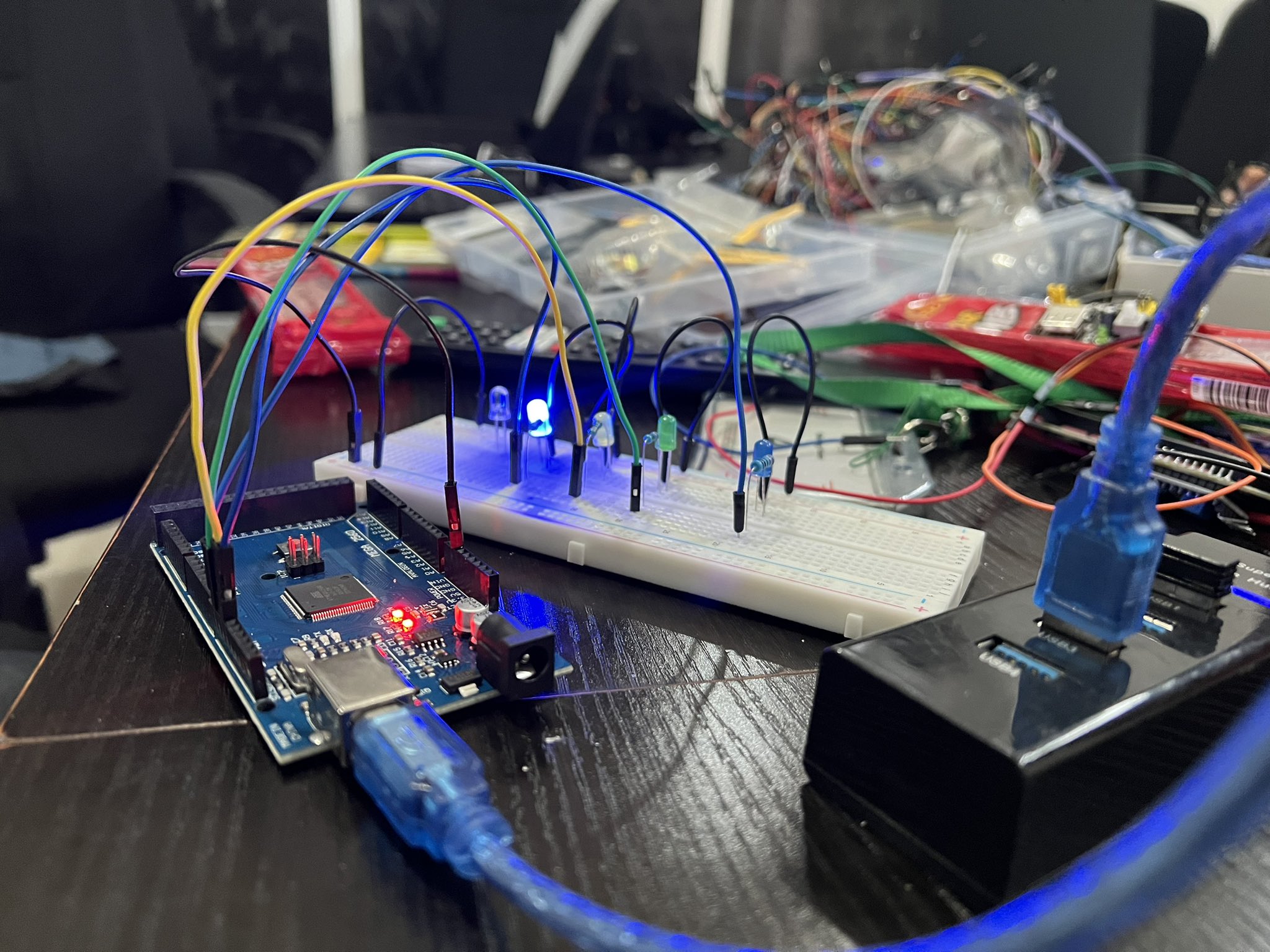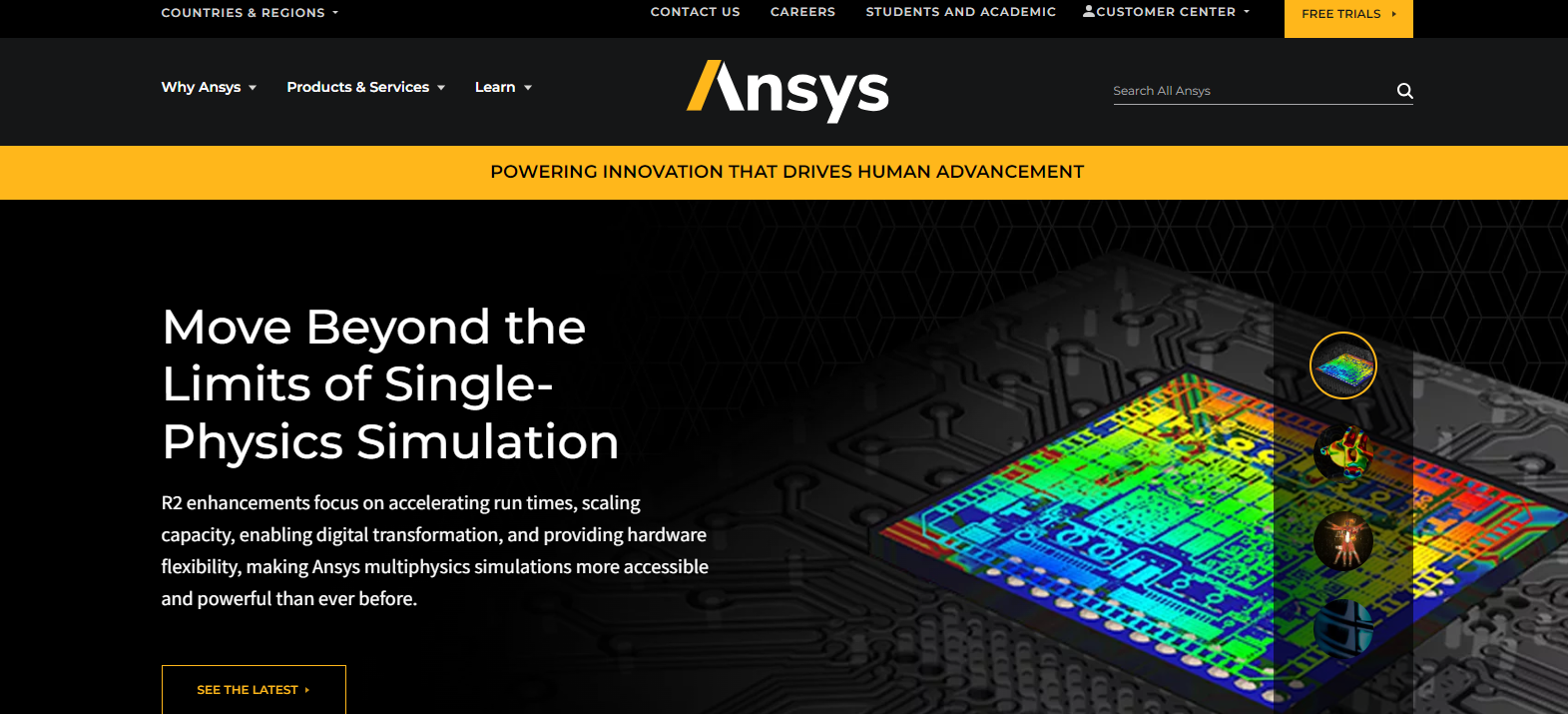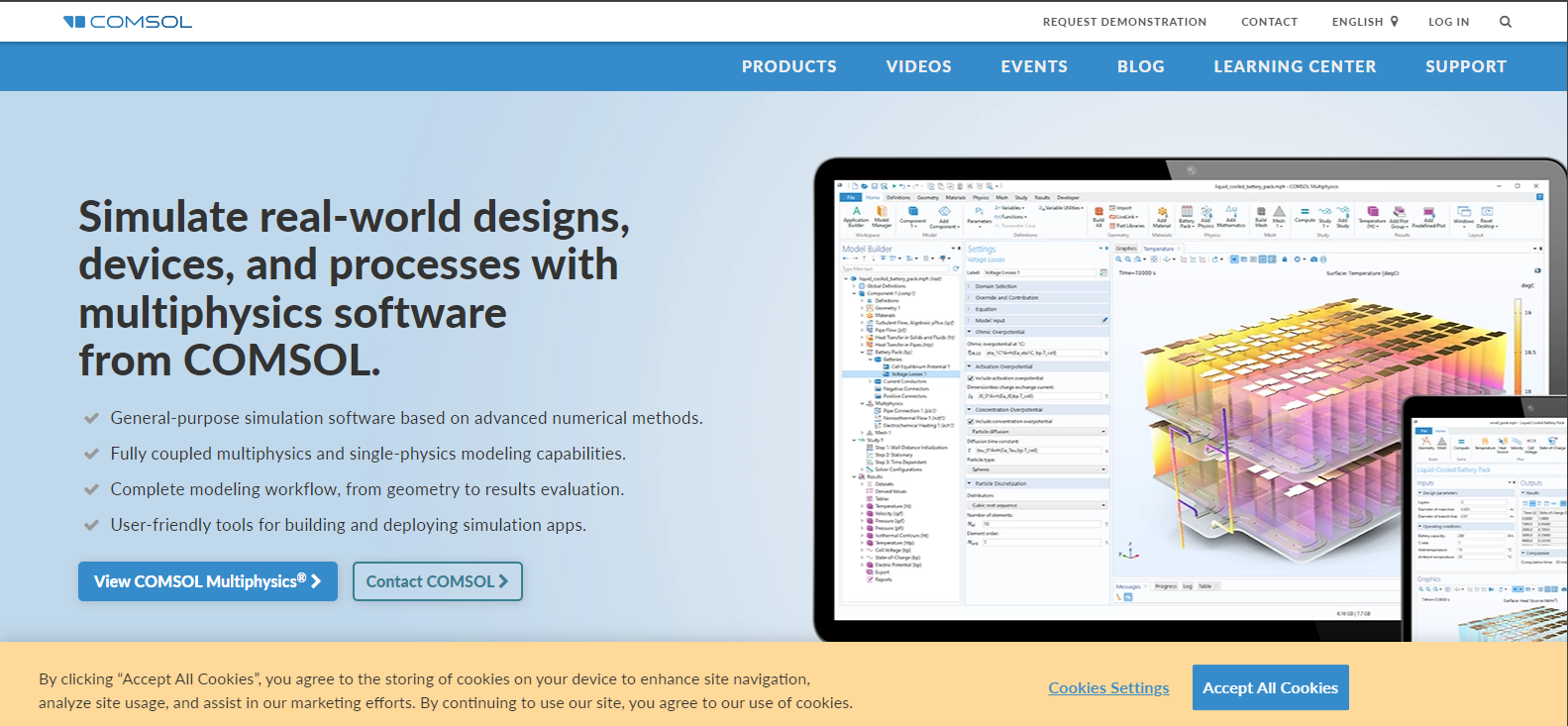Modern Simulation Tools Can Optimize PCB Design for Electrical Engineering
 Udeme
Udeme
Leveraging Advances in Numerical Simulation Tools to Drive Modern Product Development in Electrical Engineering
In the rapidly evolving field of electrical engineering, the tools we use are just as critical as the knowledge we apply. Numerical simulation tools have revolutionized the way engineers approach product development, enabling precise modeling, testing, and optimization long before a physical prototype is ever constructed. This capability is not just a luxury; it is essential for the development of modern devices across various industries.
During my time as an engineering student, I had the opportunity to design and construct a 50W Wireless Public Address System as part of a required Project. The goal was straightforward: build a system with a minimum of 20 meters of bandwidth connectivity between the receiver and the transmitter with a speaker as the output. However, the process was anything but simple due to the limitations of the tools available at the time. This experience underscored the importance of modern simulation tools and their role in driving product development today.
The Technical Challenges of Circuit Design Without Modern Tools
The foundation of any electronic device lies in its circuit design, and the effectiveness of this design is often the difference between a functional product and a failed one. During my project, I used a very crude simulation application to check the effectiveness of my circuit design. This application, while functional, was far from efficient. The process of dragging and dropping components, followed by running the simulation, was slow and cumbersome. The accuracy of the simulation was also questionable, often requiring multiple iterations to get even a basic circuit to function as intended.

Moreover, sourcing the required components with specific ratings in Niger State presented a significant challenge. This limitation often forced me to compromise on the design, as the ideal components were simply not available. The impact on the project was twofold: not only did it delay the timeline, but it also introduced potential weaknesses into the final product that could have been avoided with better resources.
The most labor-intensive part of the project was the manual process of drawing and etching the circuit. Using masking tape to create a circuit path, followed by manually drawing and cutting the design before etching, was both time-consuming and prone to errors. This method significantly impacted the precision of the circuit, making it difficult to ensure consistency and reliability across the design.
How Modern Simulation Tools Transform Product Development
Fast forward to today, and the landscape of circuit design has been transformed by advanced numerical simulation tools. These tools not only streamline the design process but also enhance the accuracy and reliability of the final product, making them indispensable in modern product development.
MATLAB/Simulink is one such tool that has become a staple in the electrical engineering field. With its powerful simulation capabilities, engineers can model complex systems, simulate their behavior under various conditions, and optimize the design before any physical components are involved. In the context of my project, MATLAB/Simulink would have allowed me to simulate the entire public address system, identifying potential issues in the circuit design and optimizing the performance of the transmitter and receiver. This would have drastically reduced the trial-and-error process and ensured a more robust final product.
ANSYS is another critical tool, particularly in the realm of electromagnetic field analysis and thermal management. In product development, ensuring that electronic components can operate within safe thermal limits is crucial. Overheating can lead to component failure, reduced lifespan, and even safety hazards. ANSYS allows engineers to simulate thermal effects and electromagnetic interactions within a circuit, enabling them to design products that are not only functional but also reliable and safe. Had I used ANSYS during my project, I could have simulated the thermal behavior of the power amplifier in the public address system, ensuring that it would not overheat during operation.
COMSOL Multiphysics further extends the capabilities of simulation by allowing for the interaction of multiple physical phenomena within a single model. This is particularly useful in modern product development, where devices often operate at the intersection of various engineering disciplines. For example, in the design of a public address system, COMSOL could be used to simulate both the electromagnetic fields and the structural vibrations, ensuring that the mechanical design does not interfere with the electrical performance. This holistic approach to simulation leads to more integrated and optimized products, reducing the risk of failure due to unforeseen interactions between different physical systems.
SPICE (Simulation Program with Integrated Circuit Emphasis) remains a foundational tool in circuit simulation, widely used for its ability to predict the behavior of electronic circuits under various conditions. During my project, the absence of such a tool meant that every circuit iteration had to be physically constructed and tested—a time-consuming and error-prone process. Today, SPICE allows engineers to simulate entire circuits with high accuracy, providing valuable insights into the circuit’s performance before any physical prototyping. This not only saves time but also significantly reduces the cost of development by identifying and addressing potential issues early in the design process.
Driving Innovation Across Industries

The impact of these simulation tools extends far beyond the individual engineer or project. They are driving innovation across industries by enabling the development of more complex, efficient, and reliable products. In the automotive industry, for example, simulation tools are used to design and optimize electric vehicles, ensuring that they meet stringent safety and performance standards. In telecommunications, these tools are essential for the design of advanced communication systems, where even minor errors in circuit design can lead to significant performance degradation.
In consumer electronics, the demand for smaller, faster, and more efficient devices has pushed engineers to their limits. Simulation tools allow them to explore new materials, designs, and technologies, pushing the boundaries of what is possible. By accurately predicting the behavior of new components and systems, these tools reduce the risk associated with innovation, allowing companies to bring cutting-edge products to market faster and with greater confidence.
The Future of Electrical Engineering
As an engineer who experienced the limitations of outdated tools firsthand, I am particularly excited about the future of electrical engineering. The advances in numerical simulation tools have not only made the design process more efficient but have also opened up new possibilities for innovation. For new engineers entering the field, these tools represent a powerful advantage, enabling them to tackle complex challenges with confidence and precision.
In conclusion, the integration of advanced simulation tools into the product development process is not just a trend—it is a necessity for success in today’s competitive engineering landscape. Whether you are designing a public address system, developing the next generation of consumer electronics, or pushing the boundaries of automotive technology, these tools provide the accuracy, efficiency, and reliability needed to drive innovation and deliver high-quality products. As we continue to embrace these advancements, the future of electrical engineering looks brighter than ever.
Subscribe to my newsletter
Read articles from Udeme directly inside your inbox. Subscribe to the newsletter, and don't miss out.
Written by

Udeme
Udeme
I'm Udeme, a versatile professional skilled in Software Development, Electrical Engineering, Digital Marketing, and Virtual Assistance. I bring a unique blend of technical expertise, creative design, and strategic management to every project. Passionate about innovation and efficiency, I aim to deliver solutions that make a difference. Let's connect and create something impactful!


